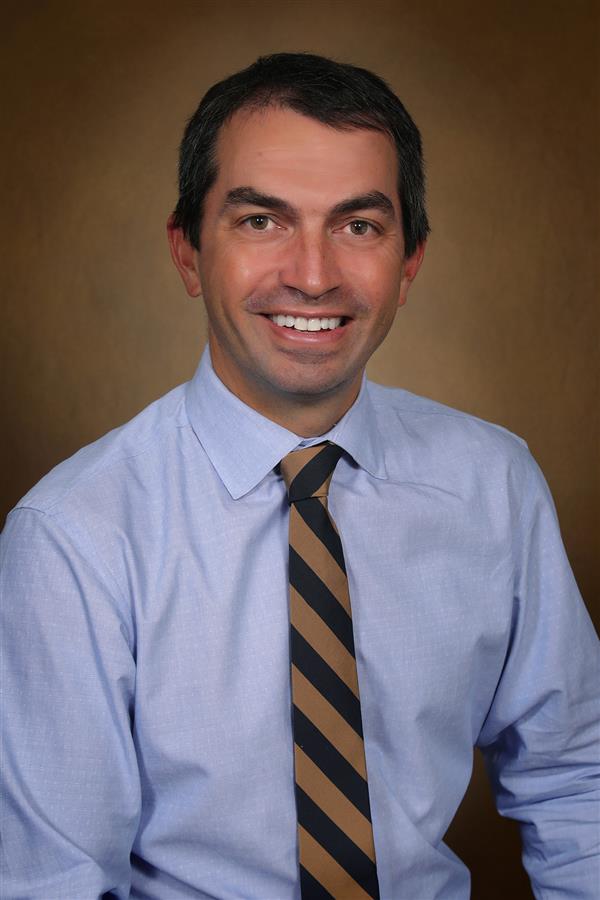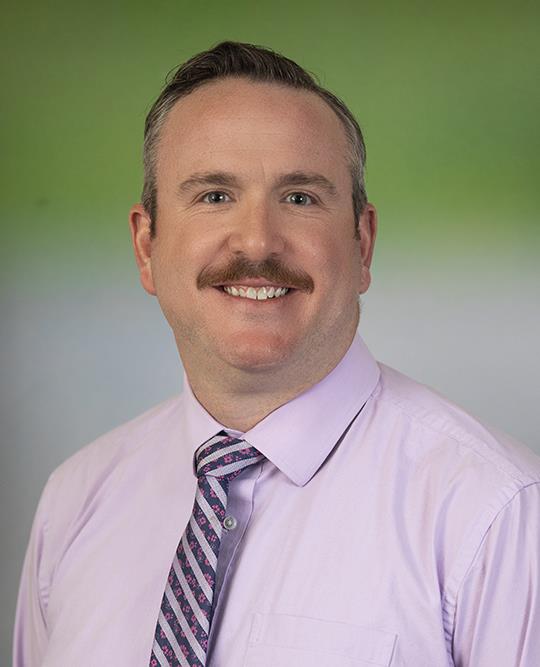- Doctors & Departments
-
Conditions & Advice
- Overview
- Conditions and Symptoms
- ¿Está enfermo su hijo?
- Parent Resources
- The Connection Journey
- Calma Un Bebé Que Llora
- Sports Articles
- Dosage Tables
- Baby Guide
-
Your Visit
- Overview
- Prepare for Your Visit
- Your Overnight Stay
- Send a Cheer Card
- Family and Patient Resources
- Patient Cost Estimate
- Insurance and Financial Resources
- Online Bill Pay
- Medical Records
- Política y procedimientos en el hospital
- Preguntamos Porque Nos Importa
-
Community
- Overview
- Addressing the Youth Mental Health Crisis
- Calendar of Events
- Child Health Advocacy
- Community Health
- Community Partners
- Corporate Relations
- Global Health
- Patient Advocacy
- Patient Stories
- Pediatric Affiliations
- Support Children’s Colorado
- Specialty Outreach Clinics
Your Support Matters
Upcoming Events
Colorado Hospitals Substance Exposed Newborn Quality Improvement Collaborative CHoSEN Conference (Hybrid)
lunes, 29 de abril de 2024The CHoSEN Collaborative is an effort to increase consistency in...
-
Research & Innovation
- Overview
- Pediatric Clinical Trials
- Q: Pediatric Health Advances
- Discoveries and Milestones
- Training and Internships
- Academic Affiliation
- Investigator Resources
- Funding Opportunities
- Center For Innovation
- Support Our Research
- Research Areas

It starts with a Q:
For the latest cutting-edge research, innovative collaborations and remarkable discoveries in child health, read stories from across all our areas of study in Q: Advances and Answers in Pediatric Health.


Colorado Fetal Care Center
Twin Reversed Arterial Perfusion Sequence (TRAP Sequence)
We see more, treat more and heal more kids than any other hospital in the region.

What is TRAP sequence?
Twin reversed arterial perfusion sequence, or TRAP sequence, occurs in twin pregnancies in which one of the babies does not fully form and has either a malformed or absent heart (acardiac twin). This then puts stress on the heart of the sibling twin, called the "pump" twin, because his or her heart is working for two.
In an acardiac twin pregnancy, the normal twin's heart must work harder in order to pump blood to not only the placenta, but also to the acardiac twin. This blood flow is the reverse of what occurs in a normal twin pregnancy, where oxygenated blood is provided by the placenta, with the baby returning unoxygenated blood to the placenta. In this condition, the acardiac twin adds an additional burden on the normal twin's heart which may lead to heart failure.
What are the different kinds of TRAP sequence?
The type of TRAP sequence babies have is determined by how developed the abnormal twin is. For example, he or she may have a very abnormal heart or no heart at all. Some have a partial formation of the upper body and head and others may have none. Additionally, each TRAP sequence needs to be evaluated to determine what risk it places on the normal twin.
What causes TRAP sequence?
TRAP sequence occurs in 1 in 35,000 pregnancies and in less than 1% of identical twin pregnancies. TRAP sequence is caused by the development of one abnormal twin in an identical twin set, or in what is called a monochorionic twin pregnancy. The normal twin then supplies the blood flow for the abnormal twin, which may lead to heart failure and death.
Complications of TRAP sequence
Because so much work is required for the healthy twin to pump blood to the acardiac twin, it leaves the healthy twin at risk for heart failure and death.
Other complications can include polyhydramnios (excess amniotic fluid), which can cause swelling for the mother, as well as preterm labor and delivery. This has been documented in 46% of all TRAP sequence twins.
How is TRAP sequence diagnosed?
TRAP sequence can be diagnosed through a routine ultrasound. Because they are identical twins that share a placenta, they need to be more closely monitored throughout gestation for a number of potential complications.
Indicators of TRAP sequence by ultrasound include:
- The abnormal appearance of an acardiac twin
- Excess amniotic fluid
- Signs of heart failure in the healthy twin
Further examination of the blood flow between the twins can aid in the diagnosis of TRAP sequence.
Once TRAP sequence is diagnosed, it's critical that both the mother and babies are closely monitored to quickly catch complications that could put their health or lives at risk. At the Colorado Fetal Care Center, we select treatment options depending on the severity of the condition to improve outcomes for our tiniest patients.
How is TRAP sequence treated?
The Colorado Fetal Care Center is one of the leading care centers for TRAP sequence in twin pregnancies and we have successfully treated more than 100 cases at our facility.
Treatment for TRAP sequence depends greatly on the severity of the impact on the normal twin. At the Colorado Fetal Care Center, we treat each patient as an individual and make recommendations based on what is best for that patient and his or her needs.
Treatment for TRAP sequence is needed only when there is risk to the normal twin's health. This risk is determined by how large the acardiac twin is in relation to the normal twin. In addition, we complete a thorough evaluation of how well the normal twin's heart is functioning. Treatment for TRAP sequence includes monitoring and possibly fetal intervention to save the life of the larger twin.
Monitoring
In the absence of any risk to the normal twin, we will recommend following the pregnancy closely by ultrasound. The ultrasound surveillance will ensure that the acardiac twin remains small and heart function of the normal twin remains strong throughout your pregnancy.
Fetal intervention
If the acardiac twin is large and there are signs of impending heart failure in the normal twin, we will recommend treatment. Treatment involves stopping blood flow to the acardiac twin to relieve the burden on the normal twin. This is accomplished by a procedure called radiofrequency ablation, or RFA. This procedure involves a small needle that is able to generate heat and is used to seal the blood vessels leading to the acardiac twin. In our experience, the "pump" twin survives 98% of the time following RFA for TRAP sequence.
In two-thirds of cases of twins with TRAP sequence, the pump and acardiac twins are in separate amniotic sacs. However, in one-third of cases, the babies share the same amniotic sac which may change the approach to treatment.
What is the long-term outlook for twins with TRAP sequence?
For twins found to be at risk of heart failure, there is a very high risk of losing the pregnancy. With treatment, however, survival is 98% and the average delivery occurs at 35 weeks. For those pregnancies that are at low risk for complications, outcomes are even better with term delivery expected.
Next steps
-
Would you like to learn more about us?
Learn more about the Colorado Fetal Care Center -
Do you have questions about this condition?
720-777-4463 -
Want a second opinion?
Get started
Get to know our pediatric experts.

Michelle Grenier, MD
Cardiology - Pediatric, Pediatrics



Camila Londono-Obregon, MD
Cardiology, Cardiology - Pediatric, Pediatrics



 720-777-0123
720-777-0123



